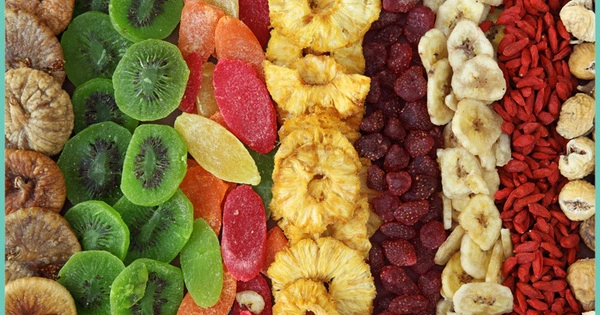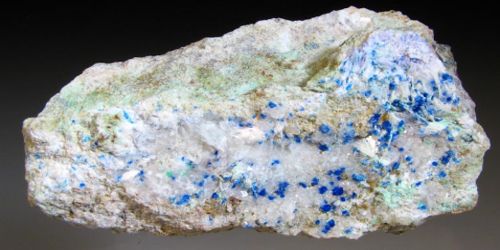Dried fruit is the fruit that has had the majority of its original water content removed, either naturally, through sun drying, or through the use of specialized dryers or dehydrators. It is a fruit that has had the majority of its water content removed by various drying methods. Dried fruit has a long history of use dating back to the fourth millennium BC in Mesopotamia, and it is prized for its sweet taste, nutritive value, and long shelf life. The drying process preserves the fruit by removing moisture, which inhibits the growth of bacteria, yeast, and moulds and thus increases the shelf life.
Dried fruit is a popular snack and ingredient in many different cuisines all over the world. It can be done in a variety of ways, including air drying, sun drying, and using specialized drying equipment such as dehydrators. Raisins, dates, apricots, figs, prunes, and cranberries are the most common dried fruits. However, almost any fruit, including apples, bananas, mangoes, and pineapples, can be dried.
Dried fruit consumption is now widespread. Raisins account for nearly half of all dried fruits sold, followed by dates, prunes, figs, apricots, peaches, apples, and pears. These are “conventional” or “traditional” dried fruits: fruits that have been sun-dried or dried in heated wind tunnel dryers. Before drying, many fruits, including cranberries, blueberries, cherries, strawberries, and mango, are infused with a sweetener (such as sucrose syrup). Some dried fruit products, such as papaya, kiwifruit, and pineapple, are actually candied fruit.
Advantages
Dried fruit has numerous advantages. It contains a high concentration of nutrients such as vitamins, minerals, and fibre. It also contains natural sugars and can provide a quick energy boost. Dried fruit can be eaten as a snack on its own or added to baked goods, trail mixes, salads, cereals, and desserts.
It is important to note that due to the removal of water, dried fruit has a higher sugar content than fresh fruit. As a result, it should be consumed in moderation, particularly by those watching their sugar intake or managing conditions such as diabetes. Additionally, some dried fruits may contain added sugars or preservatives, so it’s essential to read the labels and choose options with minimal additives if that is a concern.
The majority of the nutritional value of fresh fruits is retained in dried fruits. The specific nutrient content of the various dried fruits reflects their fresh counterpart as well as the method of processing.
If you prefer a more natural option, look for dried fruit that has no added sugars or sulfites. It’s also a good idea to keep dried fruit in an airtight container in a cool, dry place to keep it fresh and prevent spoilage. Overall, dried fruit can be a nutritious and convenient snack because it comes in a variety of flavours and textures and provides the health benefits of fruit in a more portable form.
















